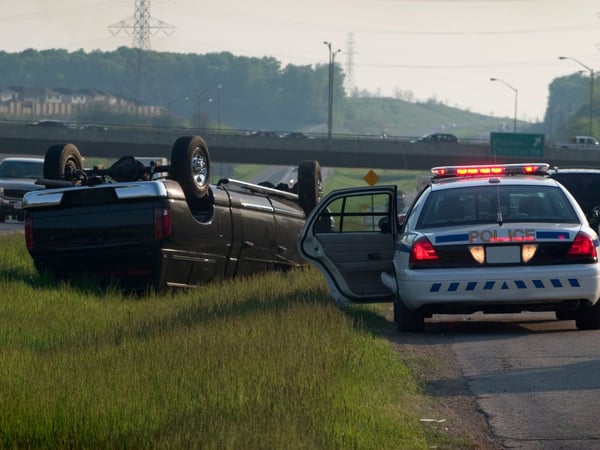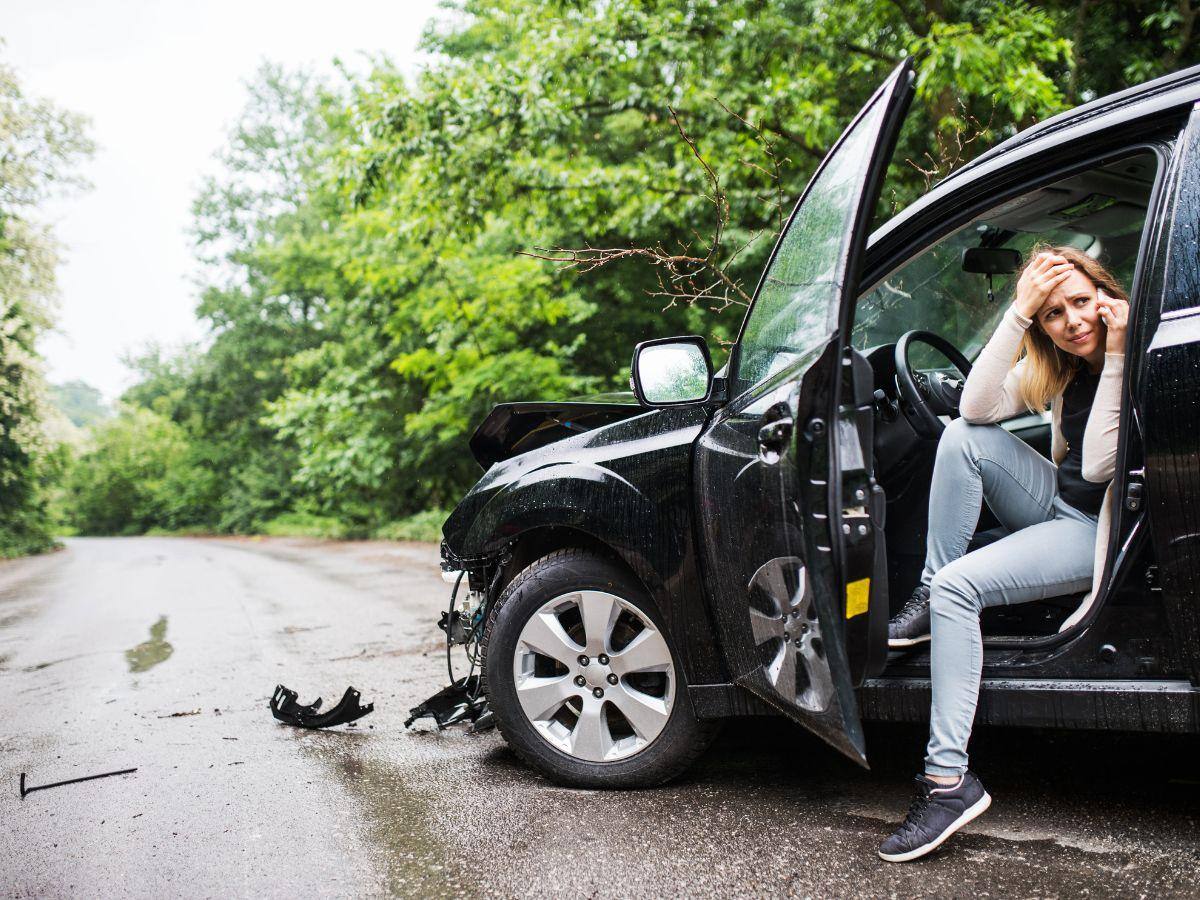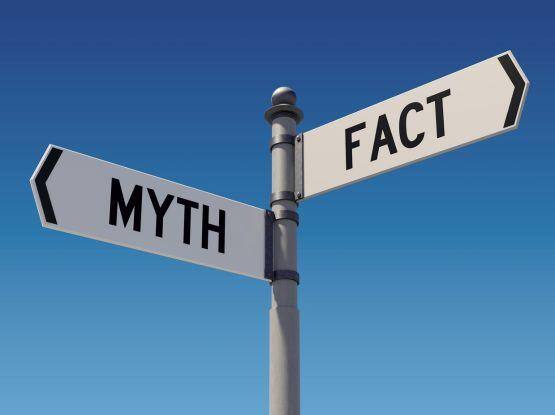Key Takeaways:
- Deadliest Accidents Identified: Head-on collisions, rollover accidents, T-bone collisions, and rear-end collisions are among the deadliest types of car accidents, often resulting in severe injuries or fatalities.
- Safety Practices Essential: To reduce the risk of deadly accidents, drivers should practice safe driving habits, adhere to speed limits, and remain vigilant on the road.
- Legal Assistance Available: Accident victims can seek legal support from experienced attorneys like Julian Lewis Sanders for guidance on compensation and legal rights following a serious accident.
Understanding the deadliest types of car accidents is crucial for enhancing road safety and reducing fatalities.
These accidents, including head-on collisions, rollover accidents, and T-bone collisions, often result in severe injuries or fatal outcomes.
By recognizing the dangerous types of car accidents and their impact on accident victims, drivers can adopt safer driving habits and contribute to a safer driving environment for all road users.
Let's take a look at the most dangerous types of car accidents we see on GA roads.
Table Of Contents
- Head-On Collisions
- Rollover Accidents
- T-Bone Collisions (Side-Impact Accidents)
- Rear-End Collisions
- Prevention and Legal Considerations
- Conclusion: Deadliest Car Accidents
Head-On Collisions
Head-on collisions are among the deadliest types of car accidents, often resulting in catastrophic injuries or fatal outcomes.
These often fatal car accidents typically involve high speeds and direct impact, leading to a forceful collision that can cause severe damage to both vehicles and occupants.
A vehicle's front-end structure provides some protection, but the intense energy of a head-on crash can easily overwhelm these safety features.
Common causes of this type of collision include drunk driving and distracted driving.
Alcohol-impaired driving impairs judgment and reaction times, increasing the risk of veering into oncoming traffic.
Similarly, distracted driving, such as using a cell phone or engaging in other activities that take attention away from the road, can lead to a loss of control and result in a head-on crash.
Other factors contributing to these accidents include:
- Driving the wrong way on a road.
- Overtaking without clear visibility.
- Falling asleep at the wheel.
Due to the severe nature of head-on collisions, drivers must adhere to traffic laws, avoid risky behaviors like drunk or distracted driving, and remain vigilant at all times to prevent these dangerous accidents.

Rollover Accidents
Rollover accidents occur when a vehicle tips over onto its side or roof, making them one of the most dangerous types of car accidents.
These accidents have a high fatality rate due to the vehicle's instability during a rollover, which can lead to severe injuries or ejection of passengers if seat belts are not used.
Several factors contribute to rollover crashes.
Vehicles with taller and narrower bodies, such as SUVs and pickup trucks, have a higher center of gravity, which makes them more prone to rollovers.
Driving habits also impact the likelihood of a rollover.
Excessive speed, sharp turns, and overcorrection can all lead to a loss of control and a subsequent rollover.
Road conditions and inclement weather can also increase the risk of rollover accidents.
Wet or icy roads, uneven surfaces, and obstacles on the road can all contribute to a vehicle's instability.
To prevent rollover accidents, drivers should practice safe driving habits, such as obeying speed limits, avoiding abrupt maneuvers, and ensuring their vehicle is well-maintained.
Understanding the risks and taking precautions can significantly reduce the likelihood of experiencing a rollover accident.
T-Bone Collisions (Side-Impact Accidents)
T-bone collisions, also known as side-impact accidents, are particularly dangerous due to the limited protection provided by the sides of vehicles.
In these accidents, the front of one vehicle strikes the side of another, often at an intersection.
The impact can cause severe injuries to passengers, especially when the collision occurs on the side where passengers are seated.
Common scenarios leading to T-bone accidents include:
- Failing to yield at intersections.
- Running red lights or stop signs.
- Making improper left turns.
These accidents often occur when a driver disregards traffic signals or fails to give the right of way, leading to a collision with a vehicle traveling perpendicular to their path.
The severity of injuries in T-bone collisions can be influenced by factors such as the speed of the vehicles, the presence of side airbags, and the angle of impact.
Passengers can suffer from a range of injuries, including broken bones, internal organ damage, and traumatic brain injuries.
To prevent T-bone collisions, drivers should obey traffic laws, remain vigilant at intersections, and ensure their vehicles are equipped with safety features like side airbags.
Defensive driving techniques can also reduce the risk of a side-impact accident.
Rear-End Collisions
Rear-end collisions are common types of car accidents that, while often considered less deadly, can still lead to severe injuries.
These accidents occur when one vehicle crashes into the back of another, usually due to the following driver's inattention or failure to maintain a safe distance.
One of the most well-known injuries resulting from rear-end collisions is whiplash, a neck injury caused by the sudden jerking motion of the head.
However, the impact can also cause more serious conditions, such as spinal cord injuries, which can lead to paralysis or long-term disability.
Other medical complications from rear-end collisions can include traumatic brain injuries, broken bones, and internal organ damage.
The severity of injuries in rear-end accidents can vary depending on factors such as the speed at which the collision occurred, the size of the vehicles involved, and whether the occupants were wearing seat belts.
Even at low speeds, the force of impact can cause significant harm, particularly to the spine and neck.
To prevent rear-end collisions, drivers should practice defensive driving techniques, such as maintaining a safe following distance, paying attention to traffic conditions, and avoiding distractions like phone calls or texting while driving.

Accident Prevention and Legal Considerations
Mitigating the risk of deadly car accidents is not just an option, it is an absolute necessity for ensuring the safety of all road users.
By taking steps to prevent collisions, we can work towards a world where every driver and passenger can feel confident and secure on the road.
Drivers can reduce the risk of fatal crashes by practicing defensive driving techniques, such as staying alert, maintaining a safe distance from other vehicles, and anticipating potential hazards.
Obeying speed limits is also essential, as excessive speed is a common factor in many fatal accidents.
Utilizing safety features like seat belts and avoiding risky behaviors such as distracted driving, drunk driving, and aggressive driving can further enhance safety.
And it goes without saying, but don't drink and drive.
In the unfortunate event of an accident, seeking legal action is important for securing compensation and covering medical expenses.
A personal injury attorney or accident lawyer can provide invaluable assistance in navigating the legal process, from filing an accident claim to negotiating with insurance companies.
Experienced legal representation can help ensure that accident victims receive fair compensation for their injuries, property damage, and other losses resulting from the accident.
Victims of deadly car accidents should consider consulting with a personal injury law firm to explore their legal options and make informed decisions about their case.
Conclusion: Deadliest Car Accidents
The deadliest type of accidents, including head-on collisions, rollover accidents, T-bone collisions, and rear-end collisions, pose significant risks to road safety.
These accidents often result in severe injuries, catastrophic damages, and fatal outcomes.
Drivers must follow traffic laws, practice safe driving habits, and remain alert on the road to enhance safety and reduce the likelihood of tragic incidents.
In case of a severe accident, you should always seek legal assistance.
A lawyer can guide you through the legal system, help you get the compensation you need, and reduce the burden of dealing with insurance companies.
Julian Lewis Sanders offers a free consultation to help accident victims understand their rights and options for pursuing compensation.
Contact us today for expert legal support and guidance.
Posted by Julian Lewis Sanders
At The Law Offices of Julian Lewis Sanders & Associates, we understand the gravity of personal injury situations - it's our priority. Committed to aiding you in your time of need, we specialize in listening to your story, discerning your individual needs, and swiftly executing strategic actions to secure the compensation you deserve. Based in Georgia, our legal team comprises experienced personal injury attorneys dedicated to delivering optimal service tailored to your unique circumstances.
Facebook




